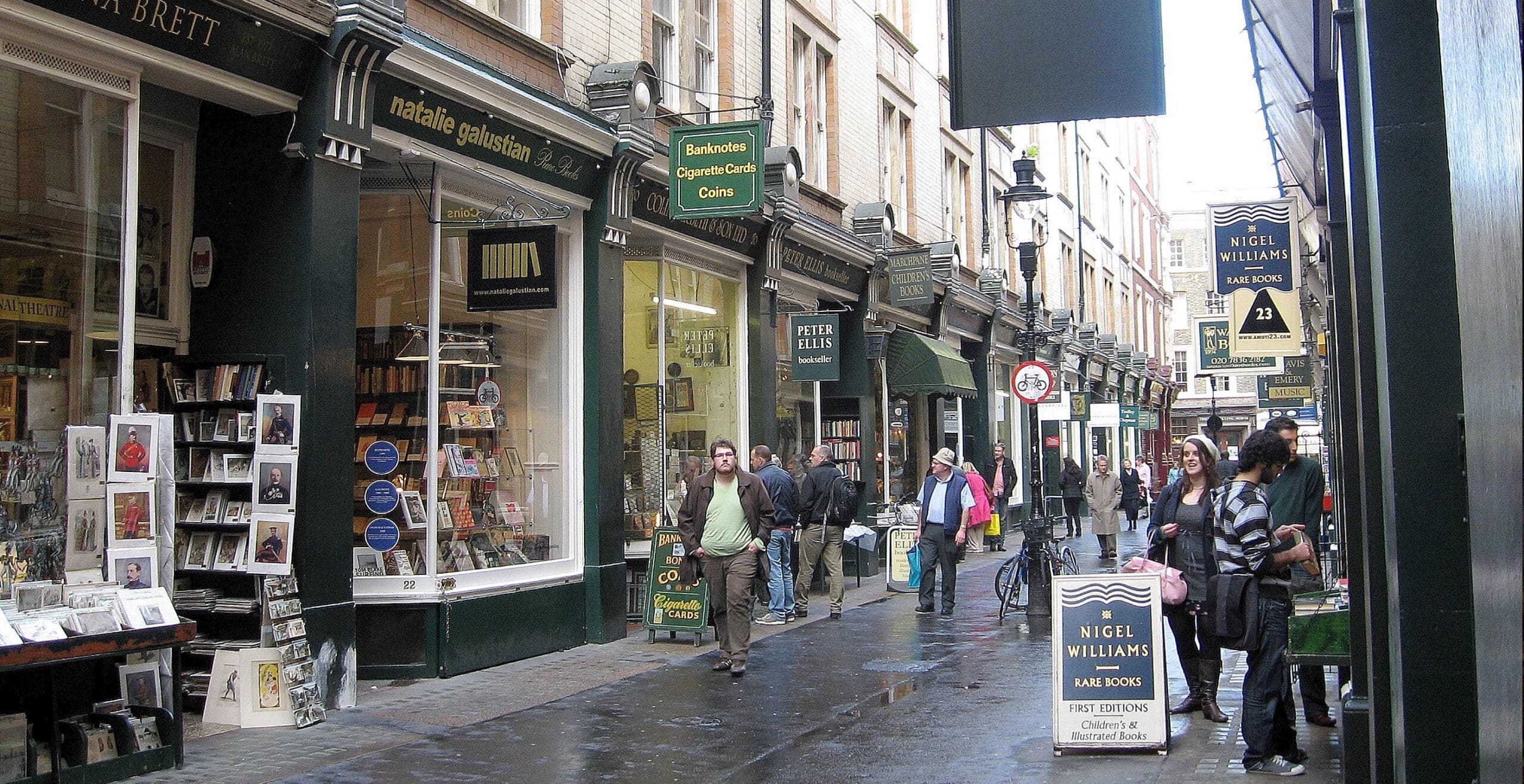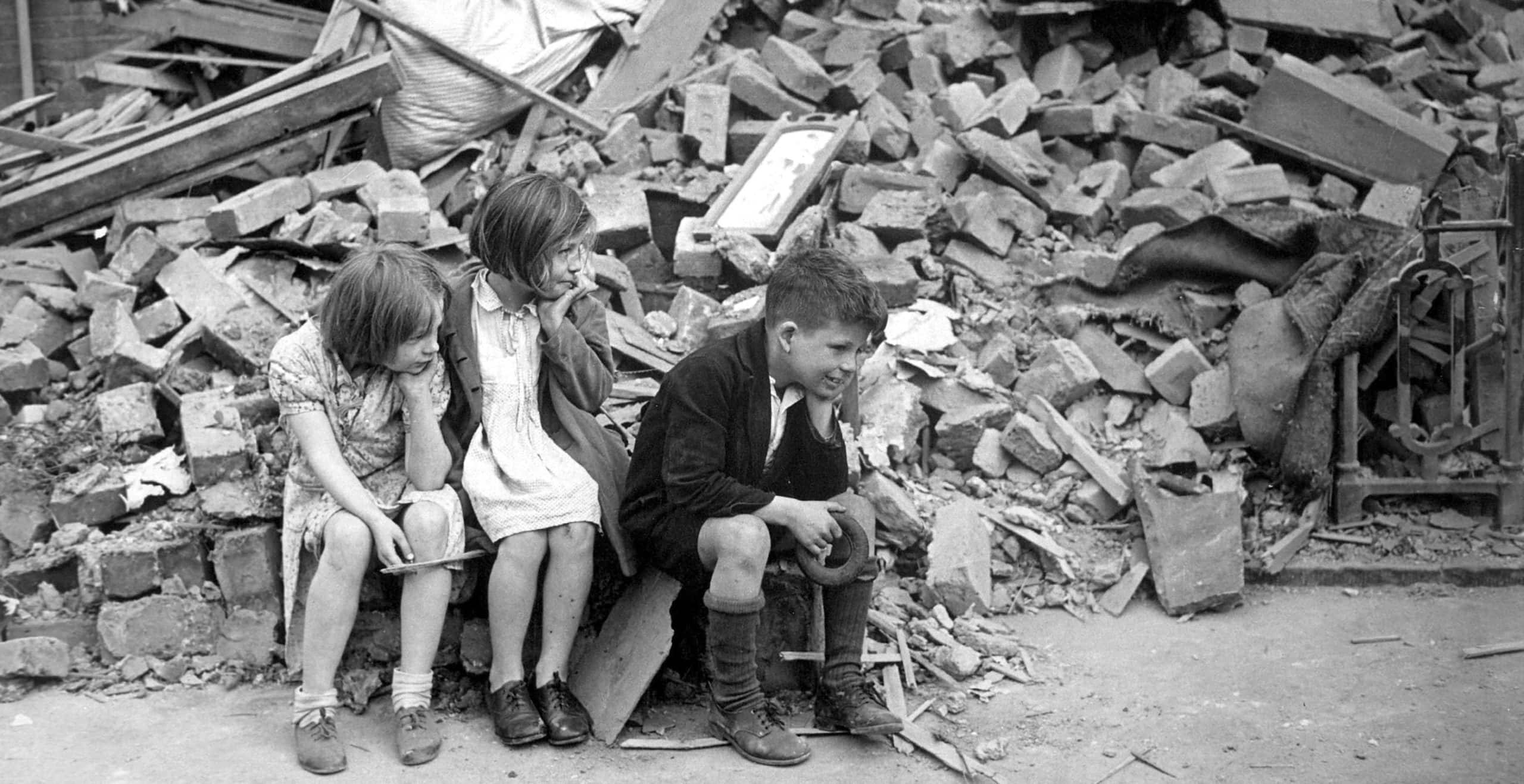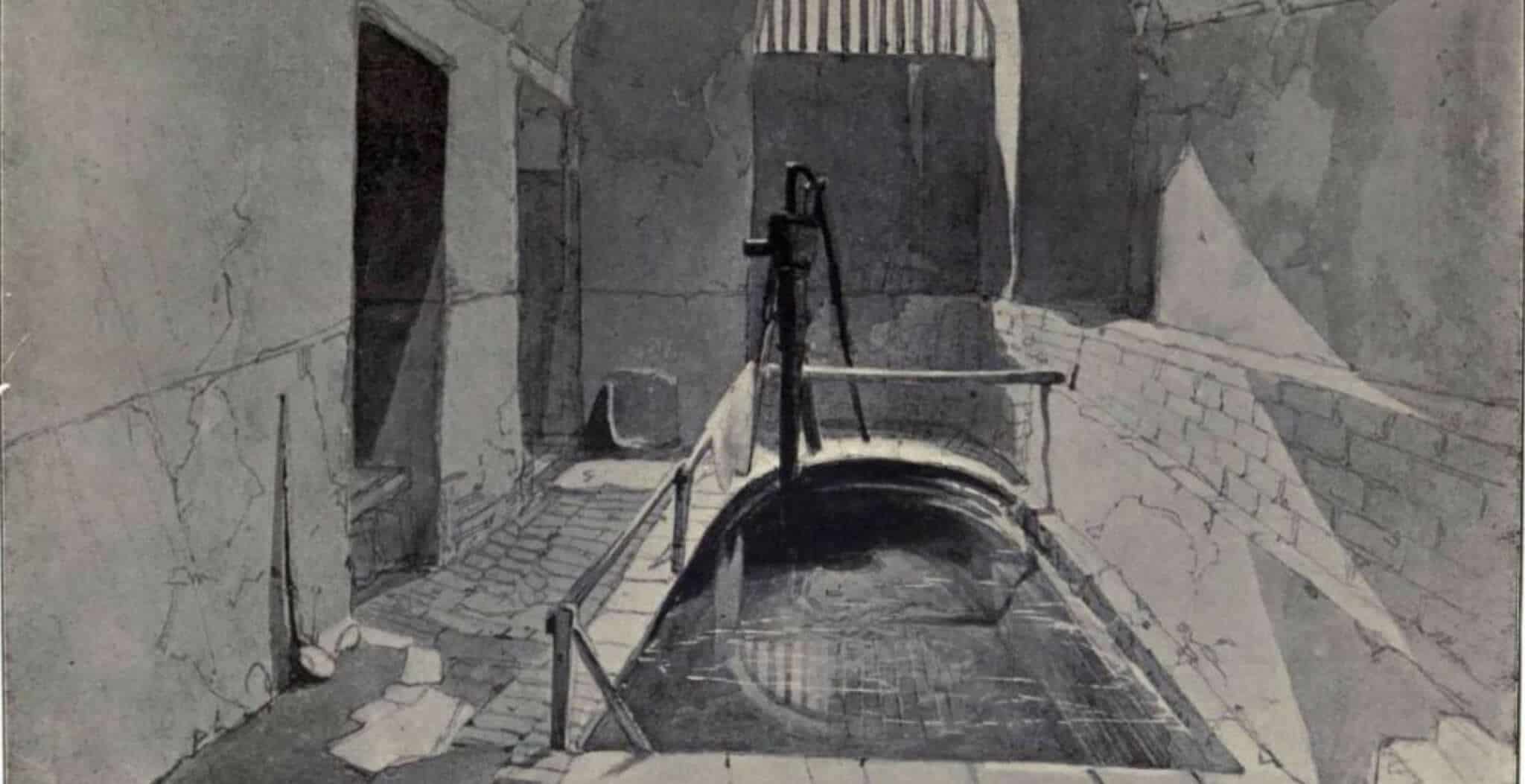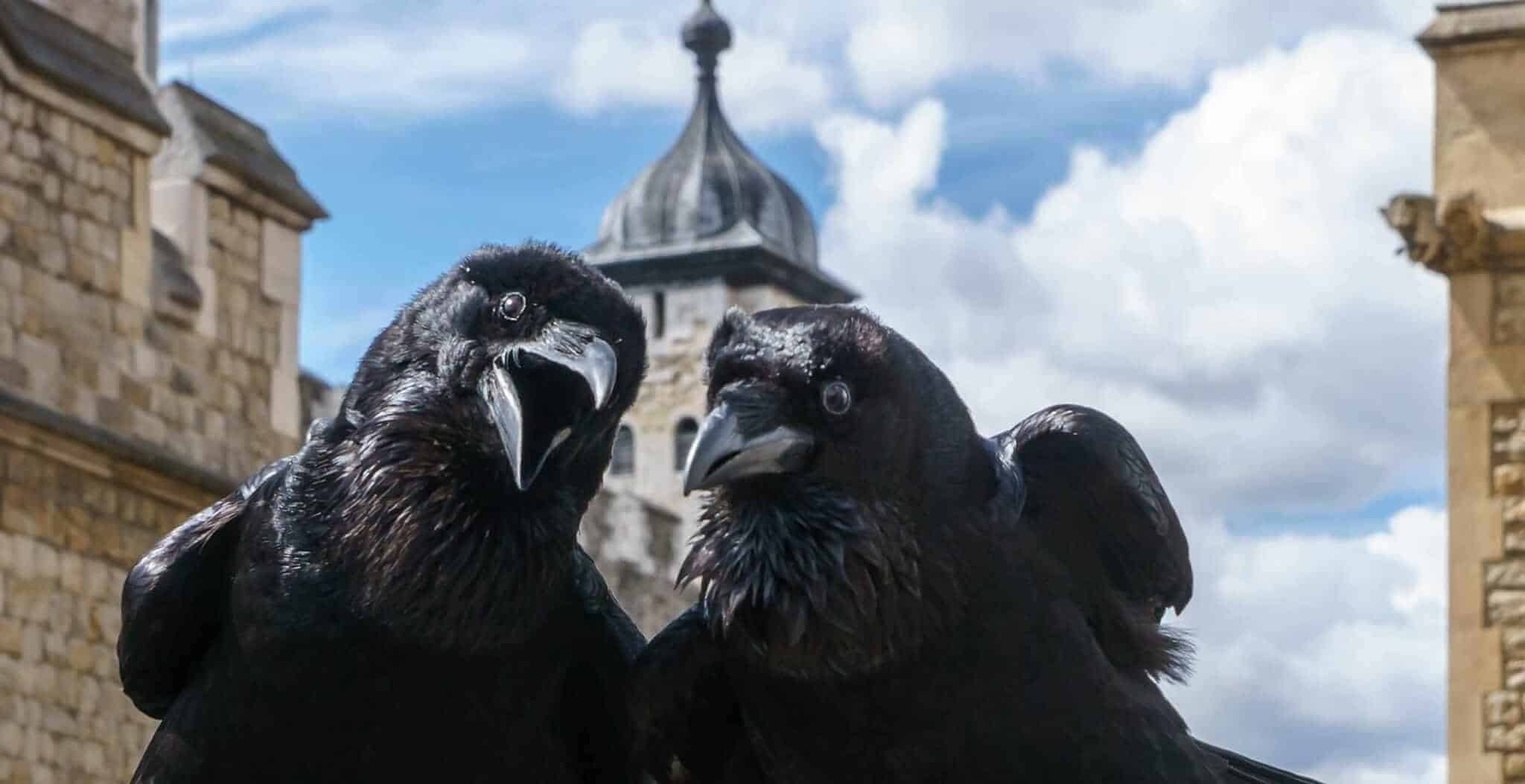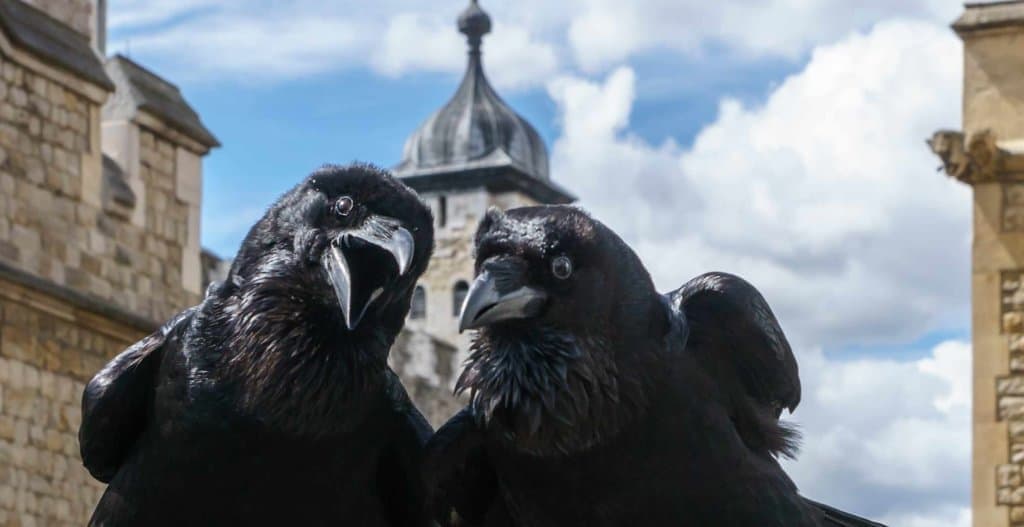There’s no denying that London is like an onion with layers and layers of history spanning back 2,000 years, meaning often the most surprising buildings, ruins and memorials can be found in the most unlikely places. Take the Roman Mithraeum for example, which stands in the Bloomberg Space, or the Roman baths in Strand Lane in what looks like a rather unassuming house.
However, sometimes knowing where such historical wonders are, can be difficult. Not everyone reads history books and without knowing what to search for many wonderful places remain hidden.
However, in the researching of The Movie Lover’s Guide to London, it was surprising how many historical buildings had been readily identified by film location researchers. It was interesting that not only were many sites an important part of the history of cinema but within their own right, they were an integral part of the history of London too.
Whilst being used as a filming location can make such mundane places like a now-closed hairdressers in Westbourne Grove exciting because it was in the film About a Boy (2002), or an unassuming corner of Crystal Palace Park where Michael Caine murmured the famous line, “you’re only meant to blow the bloody doors off”, there are dozens of places in London which were a part of history before appearing in the movies and will remain a historical part of the future of London too.
Take Cecil Court, a little street off Charing Cross Road which is a draw for book lovers, as an example. As a road it is steeped in history. It was once the home of Wolfgang Amadeus Mozart (1764) when he was a child. Then following the rebuilding at the end of the nineteenth century it became central to the British film industry. It housed the offices of Cecil Hepworth and James Williamson, as well as Gaumont British and the Pioneer Film Company. In fact due to the danger of the film stored in this street catching fire, the very real threat to the National Gallery in nearby Trafalgar Square was raised in Parliament. So much history cannot be imagined when simply seeing Renée Zellweger in Miss Potter (2006), looking in the shop window to see the first editions of Peter Rabbit.
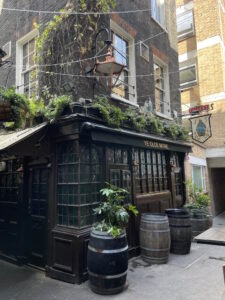
A wonderful hidden gem, down a small alley off Hatton Garden, is Ye Old Mitre Tavern. This is a fascinating pub which was used as the local of Doug the Head (Mike Reid) in the movie Snatch (2000). Although one short scene shows the director, Guy Ritchie, in the background as ‘man with newspaper’ it is the pub itself which steals the show. It was built in 1547 for the servants of the Bishop of Ely and therefore is officially in Cambridgeshire – even though it is very firmly situated in London. Apparently due to this anomaly, the Metropolitan Police have to ask permission to enter. If that wasn’t intriguing enough the pub also bears a cherry tree stump around which Elizabeth I is rumoured to have danced.
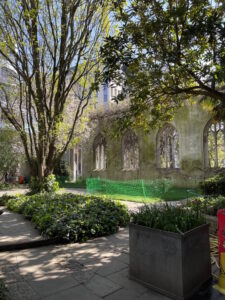
An even older building appears in the Children of the Damned (1964) where the group of heroes hide. This is St Dunstan-in-the-East, a twelfth century church hidden in the winding streets of the city near the Tower of London. Damaged beyond repair in the Blitz, this beautiful, tranquil ruined church has since been turned into a garden, where local workers and tourists can be found eating lunch and taking selfies. It seems totally out of place in the city.
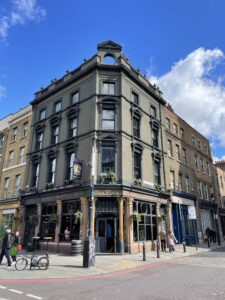
London of course does have a dark side, and the Ten Bells, Commercial Street which was the local of many murder victims in The Crying Game (1992) has a similar real-life history. On November 8, 1888, Mary Kelly, the last official victim of Jack the Ripper stopped here for a quick drink and maybe to pick up a ‘trick’ to help her earn her rent for the night. Her body was later discovered at 13 Miller’s Court and was the only victim murdered inside. In the 1930s, in order to cash-in on the Ripper connection the landlady, Annie Chapman (who shared a name with another victim) changed the name of the pub to the Jack the Ripper. The pub was built in the 1850s but there has been a pub on the site since the eighteenth century, and luckily retains many of its original features.
One building in London seems to have more movie appearances than Dame Judy Dench, and that is The Reform Club on Pall Mall. This private members’ club was founded in 1836 specifically for reformers and Whigs who supported the Great Reform Act (1832). It was the first club to open its doors to women nearly 150 years later, in 1981 and boasts a stream of celebrity members including H.G. Wells, Winston Churchill, Arthur Conan Doyle and Queen Camilla. It also has a full resume of on-screen appearances including Die Another Day (2002), Miss Potter (2006), Quantum of Solace (2008), Sherlock Holmes (2009), Paddington (2014), and Men in Black International (2019).
Learning the history of London no longer has to happen via traditional means such as history books, and learning the history via the locations used in movies is a multi-faceted way of increasing knowledge. London does not have just one layer of history, it has many. If walking through the streets using movie locations as a guide can unlock other layers of history such as royal, social and criminal then surely that is a good thing. London doesn’t stand still, and the new buildings of today will be the historical buildings of the future. No one can ever know everything about a city, but a good place to start is with one aspect which holds particular interest.
Charlotte Booth has a PhD in Egyptology, and a MA and BA in Egyptian Archaeology and has written numerous books on archaeology and ancient Egypt. Brian Billington is an IT professional, movie buff and amateur photographer. The Movie Lover’s Guide to London is their first joint project and combines their love of history, exploring and movies.
All photographs courtesy of Pen and Sword Books Ltd.
Published 21st June 2023
